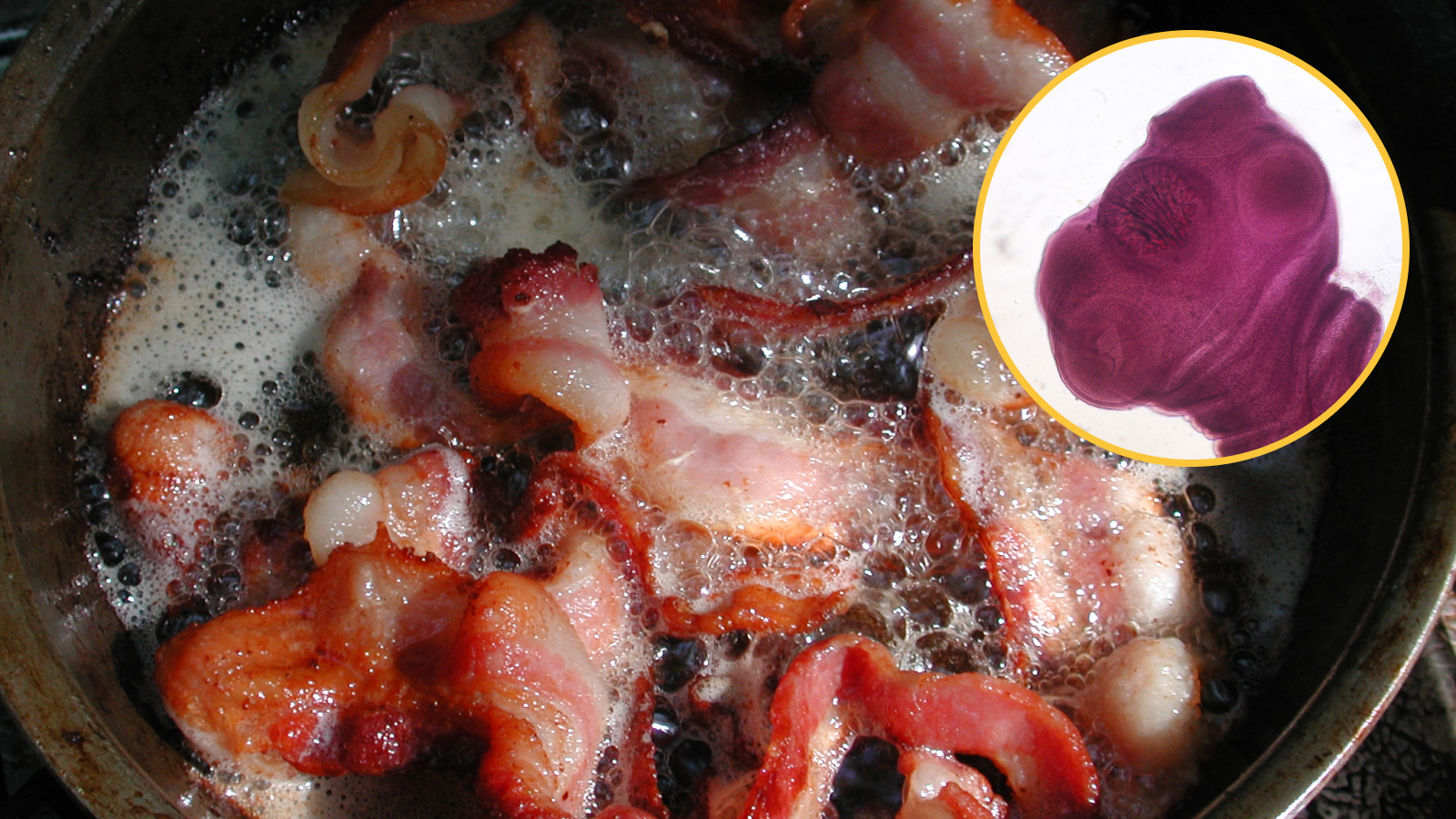The Top 10 New Species

Electrolux addisoni
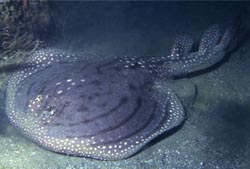
This new genus and species is the largest known member of the electric ray family Narkidae, and made the Top 10 because of its unusual and amusing generic name. According to the authors: "The name alludes to the well-developed electrogenic properties of this ray (collectors and photographers have experienced the shocking personality of this bold, active and brightly patterned electric ray first-hand), the discovery of which sheds light (Latin, lux) on the rich and poorly known fish diversity of the Western Indian Ocean. And the vigorous sucking action displayed on the videotape of the feeding ray that was taken by Stephania and Peter Lamberti may rival a well-known electrical device used to suck the detritus from carpets, furniture, and other dust-gathering surfaces in modern homes."
Gryposaurus monumentensis
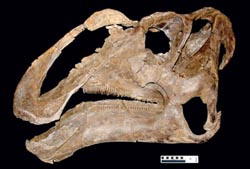
This new dinosaur species was discovered by a team from Alf Museum, the only nationally-accredited paleontology museum on a high school campus. It is one of the most robust duck-billed dinosaurs ever found, and probably the largest dinosaur in the 75 million-year-old Kaiparowits Formation fossil ecosystem.
Desmoxytes purpurosea

Millipedes (relatives of centipedes) are highly variable in appearance and coloration, but this shocking pink stands apart. The authors suggest that its gaudy coloration and habits (it sits openly on the ground and vegetation during the day) probably indicates to would-be predators that it is not edible (spiny and toxic).
Philautus maia
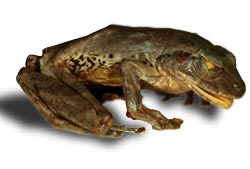
This species was described from a single female museum specimen collected around 1860. It and a number of related species from Sri Lanka are almost certainly now extinct. Its discovery demonstrates the importance of museum specimens in determining baseline information on biodiversity and in documenting the natural heritage of nations. Had this specimen not been collected in the 19th century, it would possibly have never been known.
Oxyuranus temporalis
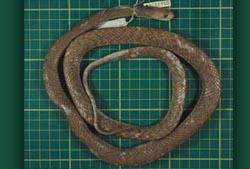
This is perhaps one of the most venomous known snake species. Its two closest relatives, the inland taipan (or fierce snake) and the coastal taipan, are ranked first and third most venomous snakes in the world, respectively. The discovery of the new species (known only from a single specimen) highlights how little is known of even relatively large animals in harsh, poorly collected habitats (in this case an isolated arid region of Australia). It also emphasizes the need for accurate taxonomy of venomous species for proper treatment of bites.
Styloctenium mindorensis
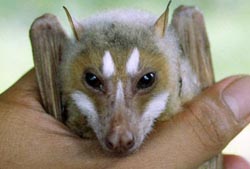
This large and charismatic fruit bat species is known only from the Philippine island of Mindoro. It is only the second known species in the genus; the other species is known only from the Indonesian island of Sulawesi and nearby Togian Islands, and was originally discovered (and named after) Alfred Russell Wallace. Wallace was a colleague of Charles Darwin and coauthor of their famous paper On the Tendency of Species to form Varieties; and on the Perpetuation of Varieties and Species by Natural Means of Selection. Among other important contributions, he noted the distinctive faunal break separating Asian and Australian biotas, which is now known as Wallace’s Line. Ironically, the new species occurs on the west side of Wallace’s Line whereas its sister species is on the east side. The new species is threatened by habitat loss and hunting. Its discovery highlights an increasing understanding of endemism on Mindoro, and the need for species exploration and conservation.
Xerocomus silwoodensis
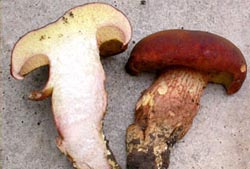
This new mushroom species was discovered on Silwood Campus, a campus of Imperial College, London, although it is also found elsewhere (two additional sites in England and one each in Spain and Italy). The discovery of a new species in one of the most intensely studied floras in the world and on the campus of a leading education center for biologists illustrates how poorly species are known.
Get the world’s most fascinating discoveries delivered straight to your inbox.
Malo kingi

The new species is the second known species of the dangerous box jellyfish genus Malo, one of several genera of irukandji jellyfish. It is named after American tourist Robert King, who apparently died after being stung by the species while swimming off northern Queensland, Australia. King's death was a pivotal point in irukandji management, raising public awareness about safety.
Megaceras briansaltini

Rhinoceros beetles are named for the horn-like structures on their heads. According to the author, this charismatic new species has a unique form of horn that is otherwise similar only to the one on Dim, the blue rhinoceros beetle in the Disney/Pixar animated film "A Bug's Life." This makes for a rare instance of Nature imitating art.
Tecticornia bibenda
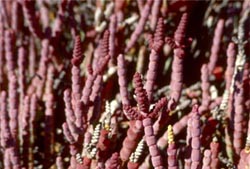
This new species made the Top 10 because of its charismatic appearance; according to press releases, it looks like the Michelin Man™. It has been also the subject of media releases on the lack of support for taxonomic work in Western Australia, a biodiversity hotspot. There is a huge backlog of new plant species awaiting description, ironically generated by environmental impact surveys for mining companies. It is one of 298 new plant species described from Western Australia in 2007.

